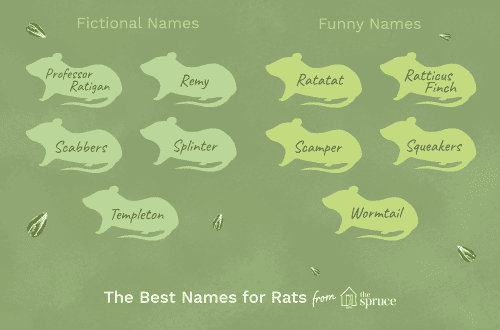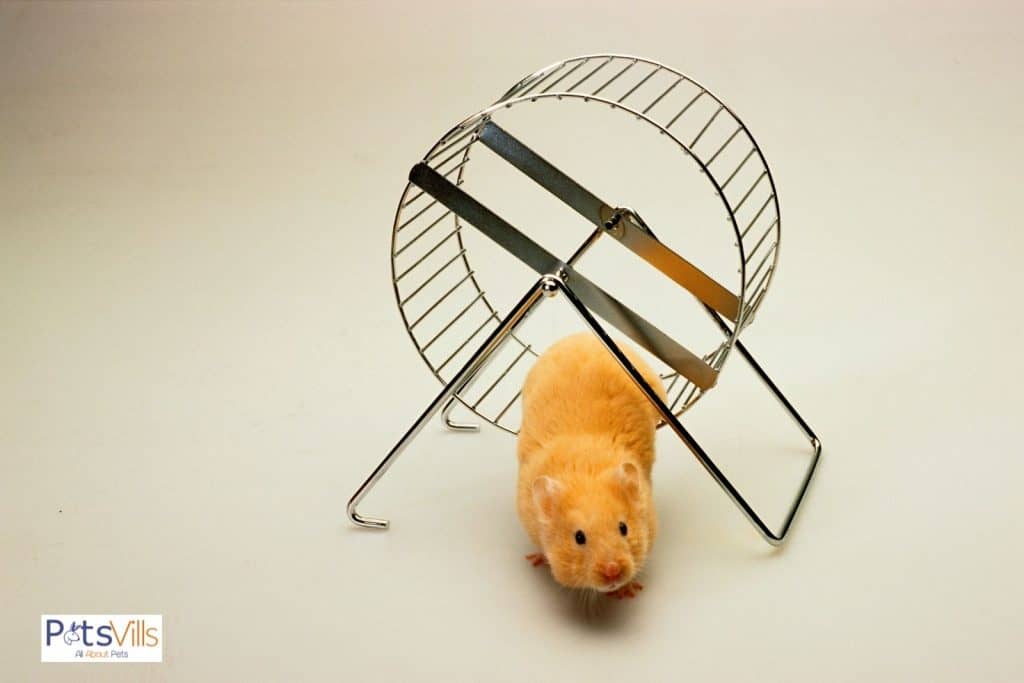
Why a hamster does not run in a wheel, how to teach
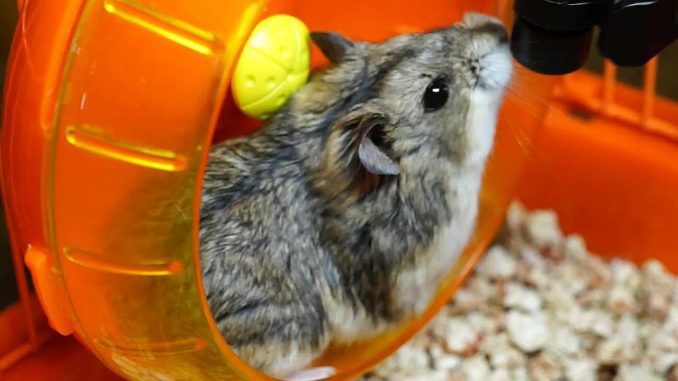
Naturally active hamsters need to move at home no less than it happens in the open spaces where rodents are used to living. It is very important for animals to be able to expend their energy in order to maintain good physical shape and health. Otherwise, they may face obesity problems and metabolic disorders due to a passive lifestyle that is not characteristic of rodents. In such cases, hamsters are saved by a running wheel, which allows them to run hundreds of meters a day. However, the animals do not always readily accept the simulator, ignoring jogging. About why the hamster does not run in the wheel and how to teach it, we tell below.
Contents
We find out the reasons for the refusal of the hamster
First you need to figure out why the hamster does not run in the wheel:
- a problem in the design or fastening of the wheel;
- the size of the running wheel is not correctly selected;
- the level of fixing the wheel is not convenient for the hamster;
- noise when the wheel rotates;
- the risk of injury to the hamster;
- the age and health of the pet.
Now let’s move on to a more detailed consideration of each reason. So, perhaps the problem lies in the simulator itself, so you need to check it for fixing. Carefully inspect the device for strength and correct fastening. A wobbly design or excessively large distances between the twigs on the running surface may not please the rodent and he will refuse to run. Fasten the wheel more firmly, and lay a path of thick cardboard on the surface so that the hamster’s legs do not fall through, do not get stuck during movement.
Pay attention to the dimensions of the device. Perhaps the hamster does not spin the wheel due to its small diameter. For the Syrian rodent, the wheel should be at least 18 cm in circumference, for the Dzungarian – at least 12 cm. The small size will not allow the animal to move freely, forcing it to abandon active activities. It is also important to consider the material from which the wheel is made. Some hamsters do not like metal products, preferring plastic ones, while others do the opposite.
Check the level of the wheel. If the mount goes along the wall of the cage, try lowering the simulator lower or higher, depending on the size of the rodent. One of the reasons for ignoring is the inconvenience of climbing inside the running “field”. Make access free, remove possible obstacles in the form of a house or a feeder.
Among the reasons leading to the rejection of the wheel may be its squeaky and potential danger. If a metal wheel begins to creak, lubricate it with a small amount of vegetable oil for silent movement. Loud sounds may not please the hamster, having a bad effect on the emotional background, which ultimately leads to the refusal to use the simulator.
Check how close the axis of rotation is to the running surface. If the distance is too small, provoking injury to the rodent, adjust it, or replace the wheel with a new quality option. It is possible that during the movement the hamster could pinch or bruise its paw, repelling any desire to run again in a dangerous object.
Pay attention to the health of your pet, whether he is healthy. He may have entered a stage of old age and ceased to be active for natural reasons. In this case, the animal runs rarely and not for long, showing clumsiness and sluggishness. Do not worry about his passivity and persuade him to run, luring him into the wheels with delicious treats.
If you have only recently purchased a wheel and all the conditions described are met, then leave the rodent for a few days and observe its behavior. As soon as the animal gets used to the new object, it will begin to show interest in the “toy”. It is advisable to observe the pet at night, which is the peak of its activity. If the animal continues to pass by the simulator or stops running in it for an unknown reason, you can try to accustom the jungar or a representative of another breed to the running wheel in several ways.
We accustom the rodent to active activities
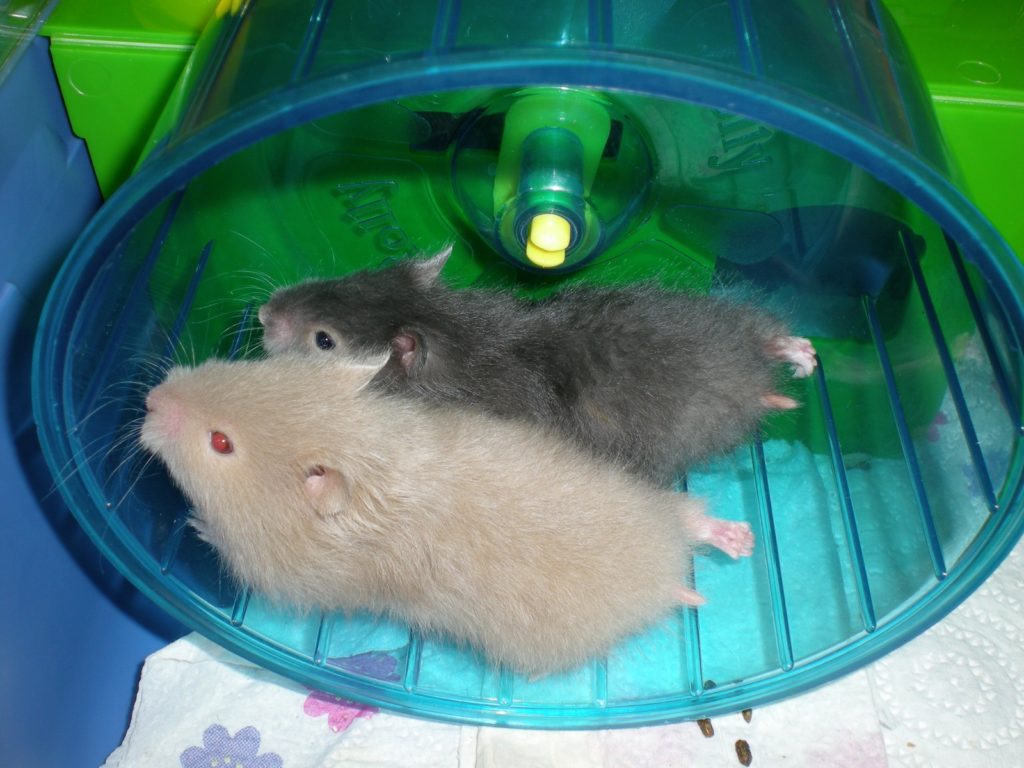
A great helper in how to accustom a hamster to a wheel will be his favorite food. Watch your pet to find out all his gastronomic preferences. Then place your favorite treat inside the running wheel and observe the behavior of the ward. The smell of food will make the rodent climb inside the simulator to find a fragrant piece. Such tricks must be done until the animal learns to run. Pieces of food with each new approach should be placed one level higher, provoking the hamster to turn the wheel, climbing up.
If the favorite food did not move the pet to take action, use the method of blocking the entrance. To do this, you will need a piece of plywood or thick cardboard, which needs to block the exit from the wheel while the hamster is inside. The inability to get out will force the rodent to actively look for ways to get out, moving along the wheel. You need to apply the method several times, forcing the animal to run inside the drum. After several procedures, the rodents are fully mastered, they begin to understand the principle of the simulator and use the new “toy” with pleasure.
Running wheel alternative
If the activities carried out did not arouse in the pet the desire to spin the wheel, then it is better to provide him with a full replacement. Despite the natural needs for active movement, there are bright individuals among hamsters who completely ignore the simulator. Such hamsters do not like running in a wheel, regardless of the material of its execution or the convenience of the location.
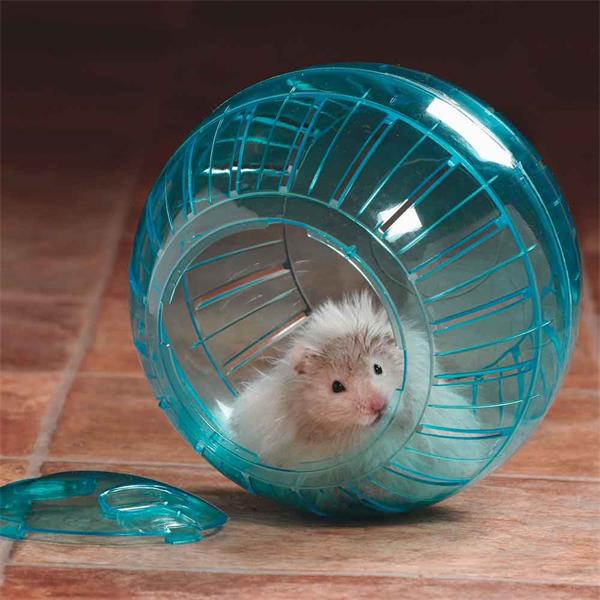
Alternatively, gift or make your own indoor walking ball for your pet. Hamsters readily use this item, which provides them with an active lifestyle and freedom of movement with protection from external danger.
Walking in the ball, the hamster opens up a large area for running and exploring the territory, attractive to rodents. By the way, moving in a walking ball sometimes contributes to how to teach a hamster to run in a wheel if other methods were powerless. For an unknown reason, the rodent’s opinion of the drum changes, leading to active use of the “toy”.
Train your hamster on the wheel
3.9 (78.24%) 34 votes



